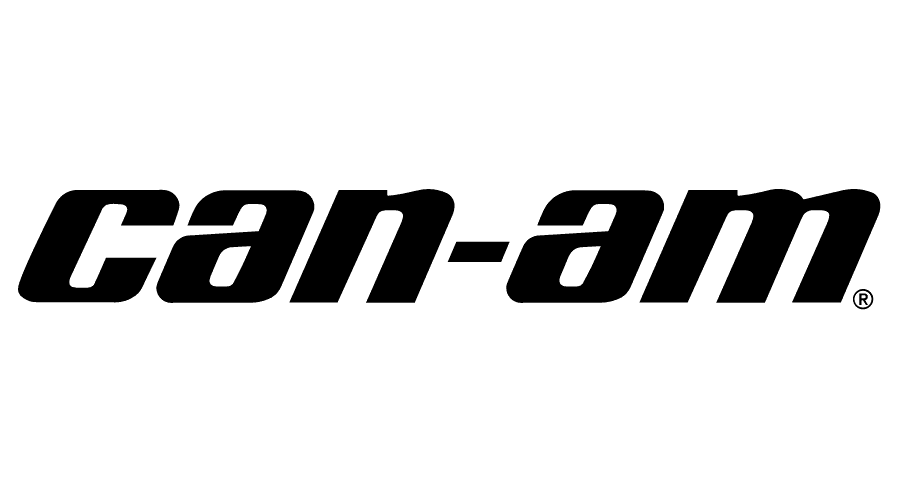ATV vs UTV: Which Is Better For Hunting?
Here’s a breakdown of ATVs (all‑terrain vehicles / 4‑wheelers) vs UTVs (utility task vehicles / side‑by‑sides) for hunting — what they each do well, where they fall short, and how to pick what’s best for you! Your choice of vehicle will vary depending on your terrain, budget, game size, etc. In this blog we will thoroughly breakdown ATVs vs UTVs for hunting so you can make an educated choice!
Basic Breakdown
ATV: smaller, straddled seat, handlebars steering, one (sometimes two) riders. lightweight, more nimble.
UTV (or SxS): side‑by‑side seating, steering wheel, brake pedal, often doors/roof, roll cage, can carry more people & gear.
Pros & Cons for Hunting
Here are how they compare along various important factors for hunting use:
What to Consider (for your hunting situation)
To pick between ATV vs UTV (or decide if you want both), think about:
Size of Game
Big deer, elk, multiple animals? You’ll want enough hauling capacity, which is a job for a UTV or a large ATV + trailer.
If mostly small game, bird hunting, or you field‑dress near the stand and only haul smaller loads, an ATV should suffice.
Terrain
Dense woods, tight paths, steep or rocky / brush‑filled ridges → favor ATV.
Open fields, rough roads, remote cabins, or big property work → favor UTV.
Access / Trail Width
Some trails or public lands have restrictions on vehicle width. An ATV may fit where many UTVs do not.
Gates, fences, tight turns are more of a limitation with a UTV.
Transporting the Vehicle
Getting the machine to the hunting zone matters. If you need to trailer it often or haul it in, a lighter/smaller ATV would be best.
If you plan to leave it parked near camps or trailheads, the need to haul a vehicle may not necessarily apply.
Number of People / Passengers
If you often hunt with a partner (or multiple people), a UTV allows riding together; an ATV would require either two small vehicles, having someone ride passenger (if possible / safe) or walking.
Budget (upfront & ongoing)
Cost of purchase, maintenance, fuel, insurance, parts.
Also consider resale value, accessories (gun racks, windshields, cabs), tires, etc.
Legal / Land Use Restrictions
Some public lands restrict certain vehicles / widths / noise levels. Check local and state laws.
Environmental impact/restrictions might apply for certain trails.
How Often / How You Use It
If it’s for frequent big hunts, hauling gear, game, etc., a UTV will pay off.
If occasional, small hunts, scouting, quick trips, an ATV should be enough.
Recommendation
Our recommendation for an average hunt in Texas / similar landscape including some mixed woods, some rough terrain, wanting to haul deer, gear, sometimes go with buddies:
A UTV is very appealing if you often need to bring gear, haul game, and transport more than one person. The safety and comfort advantages are big for longer hunts or when weather is bad.
But having an ATV has its perks, you can get into places a UTV can’t, it’s cheaper, lower maintenance, lighter.
So a good strategy: if budget allows, check out our UTVs for sale for your “main rig,” and maybe keep or use an ATV for tight access, scouting, or recon. If you have to choose just one, the decision hinges mostly on how much gear/game/passengers you’ll be hauling regularly, and how tight/rough the terrain is.










